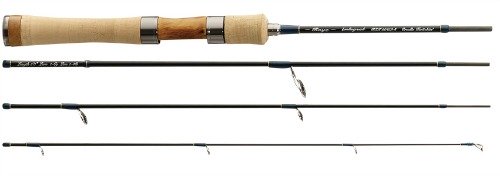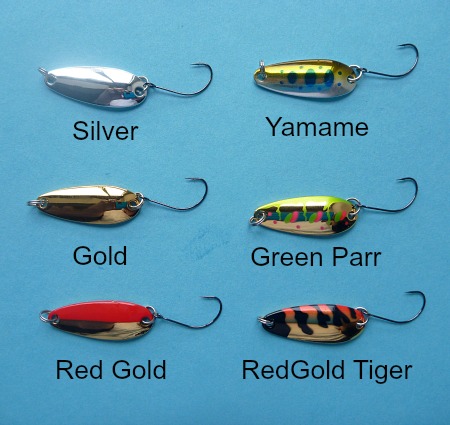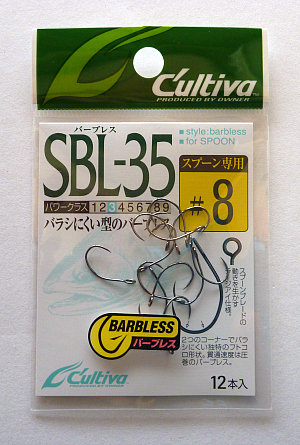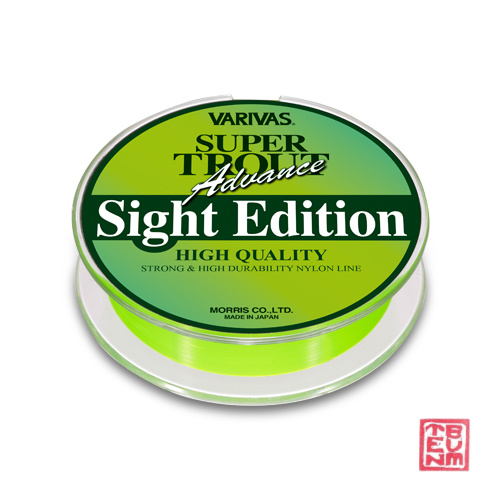Finesse-Fishing.com has closed and has nothing left to sell, other than a few used books. I have decided to leave the website up as a resource for people interested in fishing with light rods, light lines and light lures - true finesse fishing.
Trip Report - Fly Fishing Fair, Aug 2-9 2017
Although the primary purpose for the trip was to give a presentation on
tenkara fishing at the Fly Fishers International annual Fly Fishing
Fair in Livingston MT, my secondary purpose was to get some stream time with the Tenryu Rayz
Integral RZI50UL-4. The rod may be the perfect travel rod for the
ultralight spin fisher. It may also be the perfect rod for the
ultralight backpacker who opts for spinning rather than tenkara. (The rod has since been replaced by the RZI484S-UL).
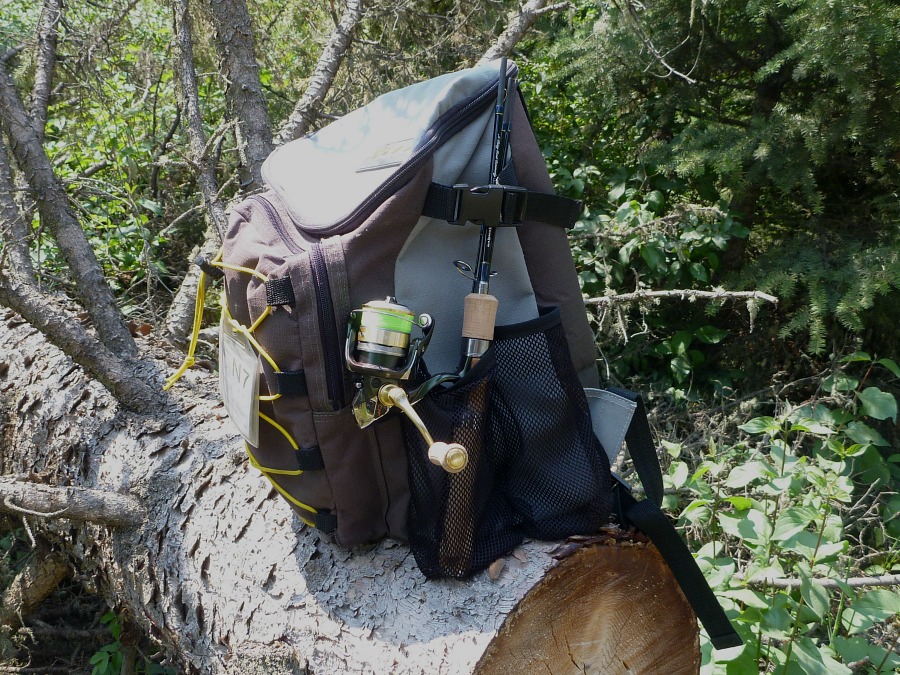 Tenryu Rayz Integral RZI50UL-4 would fit inside most backpacks
Tenryu Rayz Integral RZI50UL-4 would fit inside most backpacksThe 4-piece 5' rod is only 16 1/8" when broken down and weighs just 2.3 ounces. It will easily fit inside most backpacks or in a rod or water bottle pocket alongside. For greater protection, it will also fit in the Medium Rod Case. It is rated for 1-4 lb lines and 1/32 to 1/4 oz lures. Based on my experiences with the RZ39LL, which is also rated for lures down to 1/32 oz, I expect the rod will be capable of casting much lighter lures (or flures, to borrow Joe Robinson's word for heavier bead head flies or flies tied on light jig hooks). I have successfully cast and caught fish with a bead head bugger using the RZ39LL and I am sure the RZI50UL-4 would do just as well.
On this trip I did not fish any bead head buggers, instead using the Daiwa Crusader spoons almost exclusively. I found the rod to be equally at home on the wide Yellowstone River right in Livingston, MT, and on a small tributary south of town that doesn't get much fishing pressure.
 A small tributary of the Yellowstone River
A small tributary of the Yellowstone RiverWith 3# line (Sunline Troutist Wild), the rod was able to cast the 2.5 gram
(1/12 oz)
Crusader spoons about as far as I needed on the Yellowstone, and as accurately as I needed on the trib, which was never wider than 30' and was occasionally
half that.
None of the fish I caught were particularly large,
with the largest certainly no more than maybe 13 inches. I am confident,
though, that with a good drag and moderate current you could land a
fish at least half again that size.
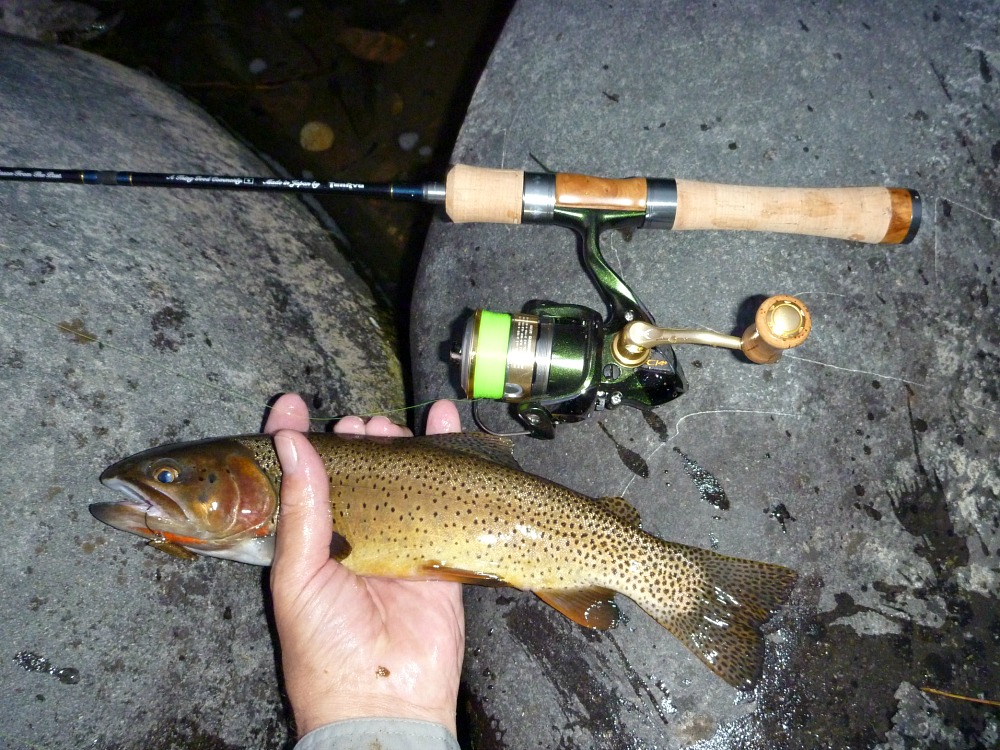 Tenryu Rayz Integral RZI50UL-4 rod, Shimano Cardiff CI4+ C2000HGS reel,
Tenryu Rayz Integral RZI50UL-4 rod, Shimano Cardiff CI4+ C2000HGS reel,Sunline Troutist Wild line, Daiwa Crusader Gold 2.5g Spoon,
Yellowstone Cutthroat Trout
On the small tributary, the largest of the fish was wasn't as large and there was a much greater range of sizes. The 8 inchers put a bend in the rod and although they were easier to control, it was still a fun task keeping them out of the snags and getting them into the net.
Speaking
of control, on the smaller stream I switched off between the spinning
rod and a tenkara rod. The first fish I hooked on the tenkara rod
immediately raced downstream and right into a downed tree. Given the
fish's size and speed, the amount of current and the flexibility of the
tenkara rod, there was no way to have prevented it. With the shorter,
firmer spinning rod giving much greater control, I think I would have
landed the fish had I been fishing it instead.
One of the things I
find most enjoyable about ultralight spin fishing for trout in streams,
and one that seems to happen about once per outing, is when a fish
chases the spoon or jig and finally catches it when there are only a few
feet of line out. A fresh fish with almost no line is very exciting -
it all happens so fast. And if it's a rainbow, it will be in the air as much as in the water! You just don't get that with tenkara or fly fishing.
I tend to reel with the rod tip just a
few inches above the surface, keeping the spoon or jig at depth right up
until the end of the retrieve. On at least two occasions I've had good
sized trout make a swipe at the spoon just as it approaches the rod tip.
I have yet to have a trout connect and get hooked with only inches of
line out - which is probably fortunate. Even with a good drag, I'm not sure the rod would survive. (It happened - Trip Report 9-2-19 - and the rod did survive.)
I went back to the stream
a second time, fishing a bit further upstream where the stream was
narrower and more overgrown. On that day I also fished a bit with the 3'9" Tenryu
Rayz RZ39LL (since discontinued). What a great rod for tiny streams where a lot of your casts
have to be under branches. A little underhand flick will send the 2.5
gram spoon plenty far enough.
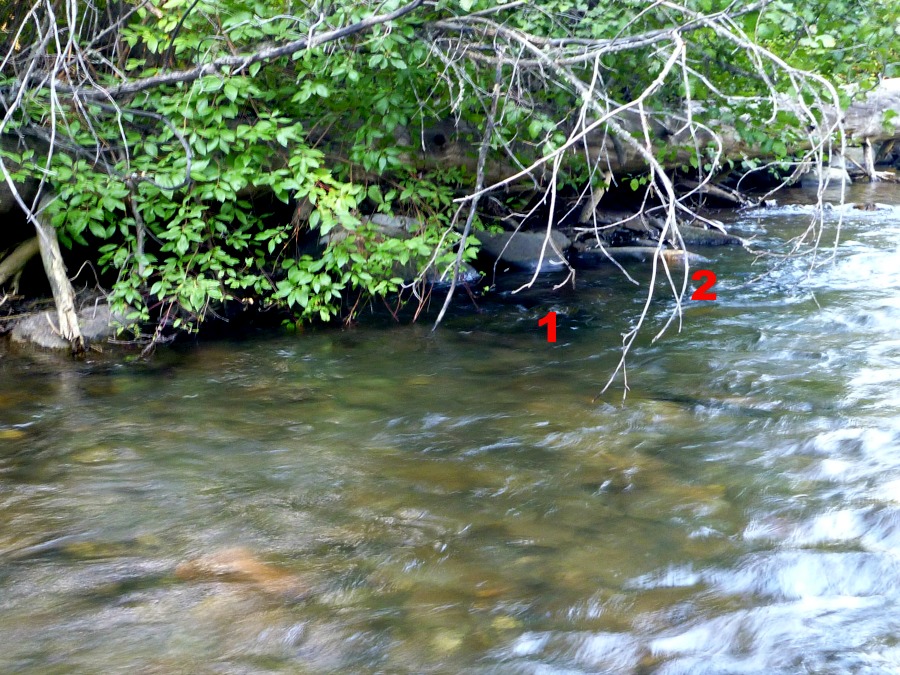 Two trout, caught under branches
Two trout, caught under branchesTwo particular fish made that session. The first was in a tangle of tree branches where the cast had to be dead on or get snagged. I could see the fish chase the spoon at least 10 feet before it finally caught it. The second was in a tiny pocket of a bank eddy just barely upstream from the first trout and still under a tangle of branches - and no more than seven or eight feet from where I was wading. It took just a lazy flip with the short rod to get the spoon under the branches. With the crystal clear water I could easily see the fish dart out from the pocket and nail the spoon almost as soon as I started the retrieve.
After decades of fly fishing and years of tenkara fishing, I did not expect ultralight spin fishing to be so visual. Certainly, some fish are caught soon after the spoon hits the water on a long cast, or within a few cranks of the reel handle, but a surprising number of the takes are seen. And that is not just a flash like you can sometimes see when a trout takes a nymph, but a chase, where the trout zooms in from behind to overtake the wobbling spoon, or slashes at it from the side, seemingly coming from nowhere.
It's not so much you catching the trout, it's the trout catching the spoon that is the exciting part. Of course, it's not just the strike, either. Because I fish the spoon with just a single barbless hook (replacement Cultiva SBL-35), some of the trout do get away. The ones that don't get away put up quite a fight on the ultralight rod and 3# line.
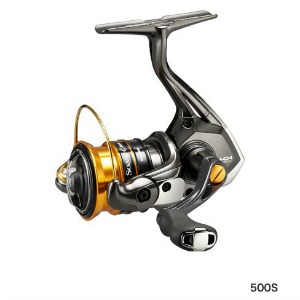 Shimano Soare CI4+ 500S
Shimano Soare CI4+ 500SNot long ago, there was a thread on Tackletour's Ultralight forum about a
new Shimano 500 size reel, the Soare CI4+, which I have ordered although I'm not sure when it will
be in stock. (It has since been discontinued.) One poster noted that he didn't think it held enough line
(115m of 2# nylon or 70m of 3# nylon line). When I asked how far do
you actually cast an ultralight, and how far do hooked fish actually
run, he responded with a question of how many people actually use 3#
line?
I guess it depends on what you mean by "ultralight." I think the
original definition of ultralight was fishing with lines of 3# or less
(which I think has since been broadened to 4# or less), but there are
more than a few fishermen who routinely use 6 or 8# line and consider it
to be ultralight. It might be ultralight for bass in waters with weeds
and timber, but for trout I would argue that even 4# is pushing it -
especially when most 4# lines readily available in the US are stronger
than their stated pound test rating. Besides, nearly all of the fish
actually hooked in the small streams where you would use an ultralight
rod are considerably under 2 pounds and most are well under one pound.
Thinner
lines cast small, light lures better. Lighter lines place a greater
premium on skill and technique when bringing in a fish. To me, the give
and take, and the maneuvering for advantage is a lot of the excitement.
If every hooked fish was just winched into the net or boat or shore, I'm
sure I'd look for a different form of fishing.
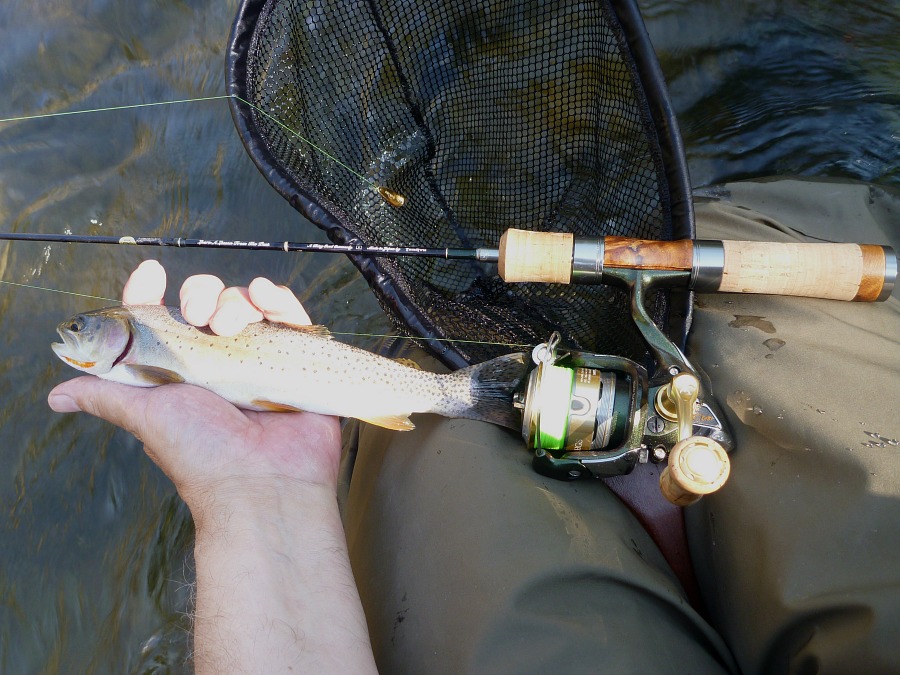 Tenryu Rayz RZ39LL and Sunline Troutist Wild 3#
Tenryu Rayz RZ39LL and Sunline Troutist Wild 3#One of the biggest surprises of the trip, which may actually be related
to the thin 3# line, came after I had to break off a snag and it broke
at the knot where I had joined my bright green Sunline Troutist line with
about a rod's length of clear fly fishing tippet material. When I'd
switched from tenkara fishing to spin fishing, I'd left my tippet spool in
the car. I could either go back to the car to get more tippet or tie
the bright green line straight to the spoon. It was almost at the end of
the day, and I had no more than about 100 yards left to fish, so I tied the
line to the spoon. In that 100 yards I caught three more fish. That is about the same rate that had held for the day so far. The fish
just didn't care. Whether they were mesmerized by the flashing shiny object or whether the line just wasn't that visible under water didn't really matter. On that day and on that stream, tippet didn't really matter either.
Finesse-Fishing Home > Trip Reports > Trip Report - Fly Fishing Fair
Warning:
The hooks are sharp.
The coffee's hot.
The fish are slippery when wet.
